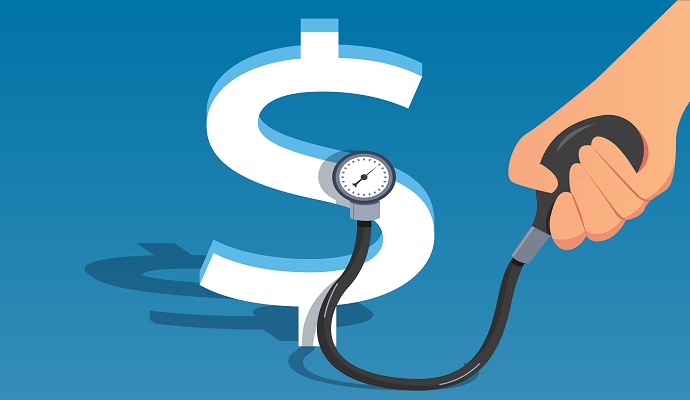Shared Financial Risk Lowered Healthcare Costs for CA Residents
Shared financial risk between providers and payers was associated with lower out-of-pocket costs for patients and reduced pharmacy prices for providers.

Source: Getty Images
- California residents and health systems saw lower healthcare costs and higher clinical quality when providers and payers shared financial risk, according to data from the Integrated Healthcare Association (IHA).
The California Regional Healthcare Cost & Quality Atlas compares the quality and cost of care that Californians receive by analyzing preventive screening, chronic care, emergency department visits, and cost-sharing.
The most recent edition reflects data from 11 health plans that represent 7.9 commercially insured individuals who received care through health maintenance organizations (HMOs), preferred provider organizations (PPOs), and exclusive provider organizations (EPOs).
IHA found that capitated payment models under which providers and payers shared financial risk were associated with lower healthcare costs and better health outcomes than fee-for-service models.
When providers shared financial risk, the total cost of care was 4.9 percent lower than under models with no shared risk. Patients who received care from risk-sharing providers paid $246 per year in out-of-pocket healthcare costs, while patients whose providers did not share financial risk paid $636 per year.
Additionally, pharmacy costs were up to 25 percent lower for risk-sharing providers.
“The onset of the COVID-19 pandemic in 2020 created unprecedented challenges across healthcare,” Anna Lee Amarnath, MD, MPH, general manager of IHA’s Align Measure Perform (AMP) program, said in the press release.
“These challenges shined a new light on what our Atlas data has consistently shown us — when health plans and providers share financial risk, patients benefit from coordinated, integrated care that improves outcomes and lowers total cost of care.”
Clinical quality composite rates for providers with full financial risk were 6.2 percentage points higher than for providers not sharing risk. Californians might have experienced better health outcomes if all commercially insured patients in California received care from providers sharing financial risk, the data suggested.
For example, 18,000 more women would have been screened for breast cancer and hundreds of cases might have been diagnosed earlier and had higher treatability. In addition, 7,000 California residents with diabetes would have received nephropathy screenings, the press release stated.
As the healthcare industry gradually transitions toward value-based care models, stakeholders have found that sharing financial risk between payers and providers may be the key to success.
When providers share financial risk with payers under a two-sided risk model, they can share in the savings generated but are also held accountable for poor performance measures.
Traditional Medicare and Medicare Advantage have been leading the shift to two-sided risk alternative payment models, according to data from the Health Care Payment Learning & Action Network (LAN).
In 2020, 24.2 percent of traditional Medicare payments were a part of a two-sided risk model, compared to 20.2 percent in 2019. In Medicare Advantage, the percentage of payments in two-sided risk models rose from 28.6 percent in 2019 to 29.3 percent in 2020.
However, the COVID-19 pandemic may have discouraged providers from participating in risk-based reimbursement models due to financial challenges.
